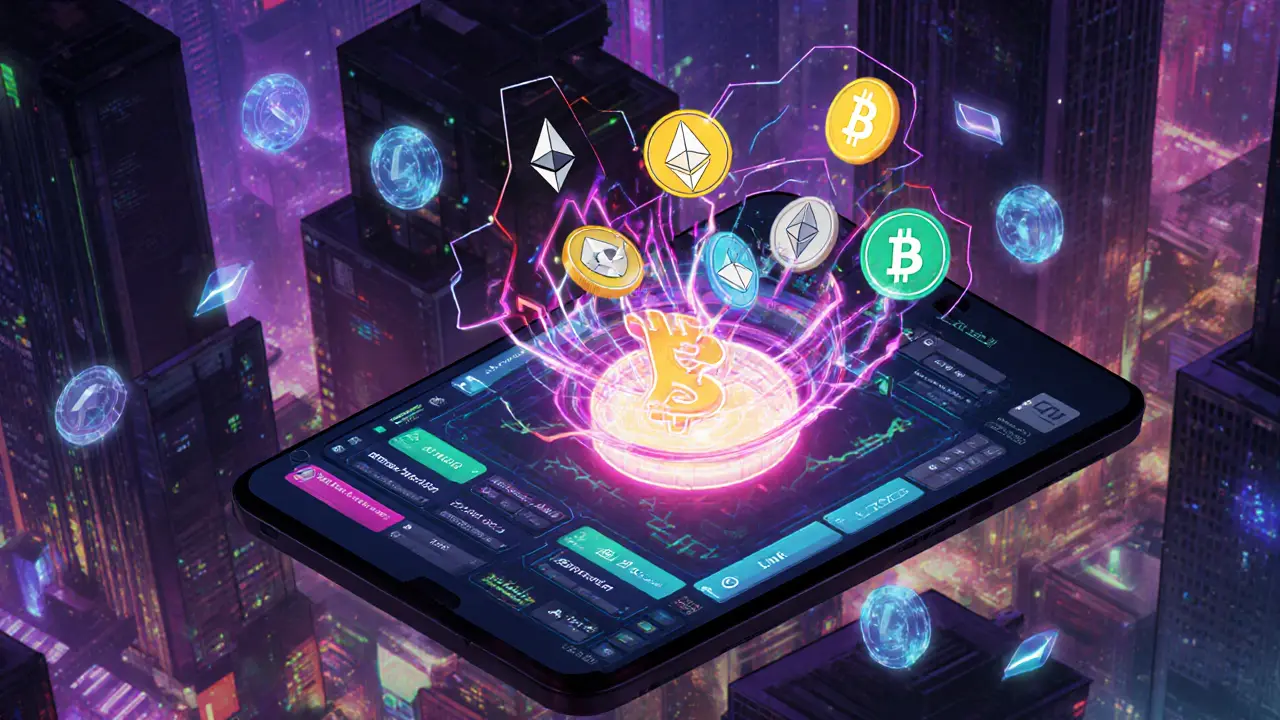Tokenized Investment: What It Is and How It’s Changing Finance
When you hear tokenized investment, a way to turn physical or traditional assets into digital tokens on a blockchain. Also known as digital securities, it lets you own a slice of something big—like a building, a piece of art, or even a share of a company—without buying the whole thing. This isn’t science fiction. It’s happening right now, and it’s changing how regular people access investments that used to be locked behind million-dollar门槛.
Think of tokenized assets, real-world items converted into blockchain-based tokens that represent ownership. A $10 million office building might be split into 10 million tokens, each worth $1. You can buy 100 of them for $100 and earn rent like a landlord—no property management needed. This model connects directly to tools like blockchain investing, using decentralized ledgers to track and trade ownership securely, which removes middlemen and cuts fees. It also links to fractional ownership, the idea that you don’t need full control to benefit from an asset’s value. That’s why you see it in projects like eBTC and Tether Gold (XAUt) — they’re not just crypto coins, they’re tokenized versions of real value.
Why does this matter? Because before tokenization, investing in real estate, private equity, or fine art was for the wealthy. Now, someone in Pakistan using stablecoins to beat inflation can buy a fraction of a Manhattan apartment. Someone in Nigeria can trade gold-backed tokens 24/7 without a bank. It’s not about speculation—it’s about access. And that’s why you’ll find posts here that break down how these tokens work, where they’re safe to trade, and which ones actually deliver value versus just hype. You’ll see real examples like eBTC, which lets you earn yield on Bitcoin without moving it off the network, and XAUt, which turns physical gold into a digital asset you can hold in your wallet. You’ll also find warnings about scams and low-liquidity tokens that pretend to be tokenized but offer nothing real. This isn’t just theory. It’s a shift in who gets to own what—and how.
- November 20, 2025
- Comments 9
- Cryptocurrency

